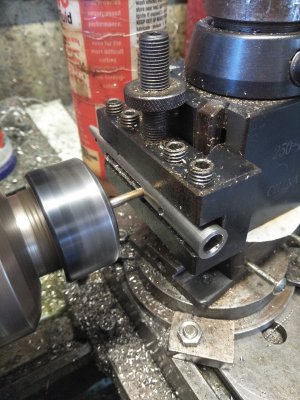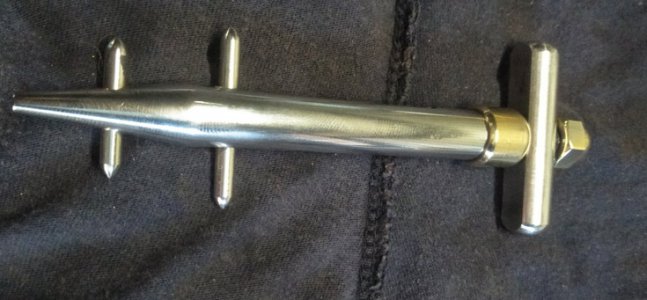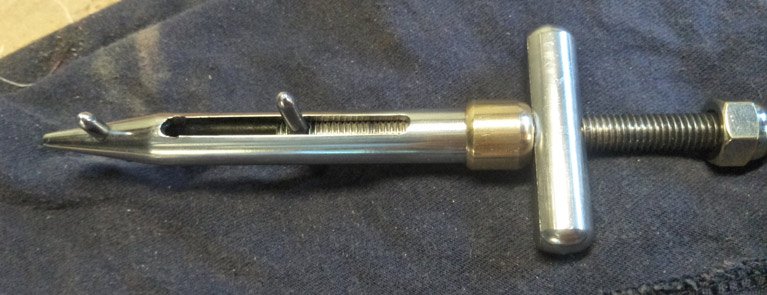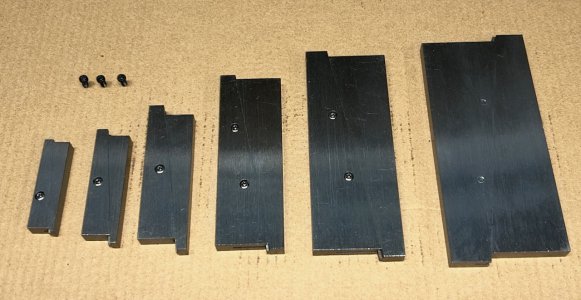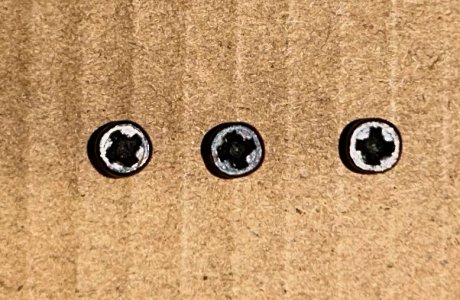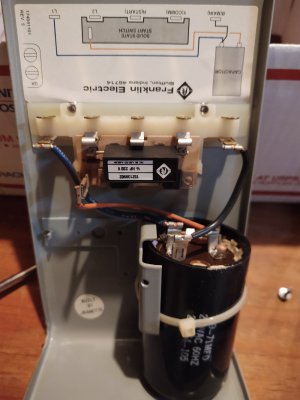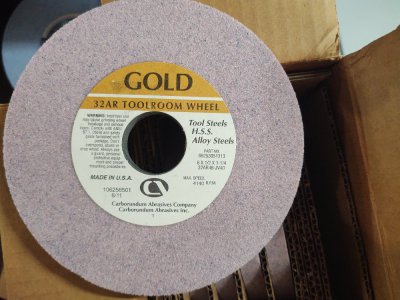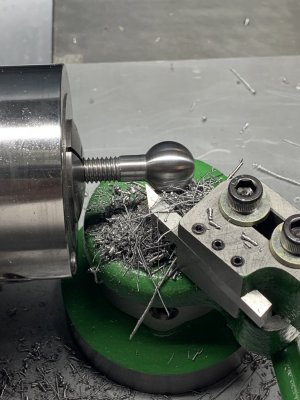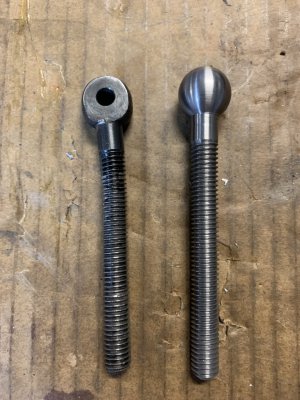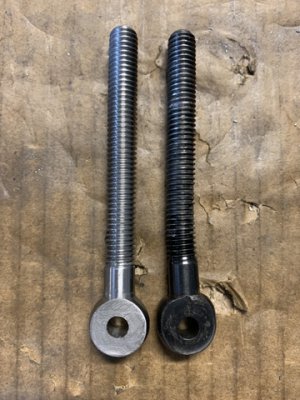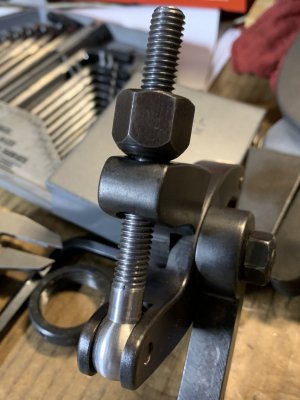Knocked another little challenge off the list this afternoon. I made a fork.
A few days ago a buddy brought me another old Singer machine and, long story short, while I was trying to research a couple of the attachments I got sidetracked on a technique known as “hemstitching”. You don’t see it much nowadays but I’m sure lots of you may recall grandma’s nice tablecloth or one of grandad’s pocket handkerchiefs that had it around the border, even if nobody knew what it was called.
Essentially it’s an open “ladder” of stitches that links two pieces of fabric but with nothing else in between — it’s entirely open, like a single row of mesh. There are dedicated machines to do this in a factory setting and there’s also attachments for domestic machines that allow you create it. And, you can also use an accessory called a “hemstitching fork”. So this got me curious.
The forks are few and far between and I was not going to pay what the ones that I could find were going for. Heck, it’s a metal fork, I should be able to do that! Sooo…
Some 1/8” by 3/8” salvage from an old filing drawer divider would be the test material. I could see from pictures the real forks looked to be made from 1/8” x 3/16” maybe, but the width of the legs didn’t appear to me to be critical so I thought my 3/8 stuff would be okay. To put the bow into it though was going to be tough so I thinned the centre some on the little miller.
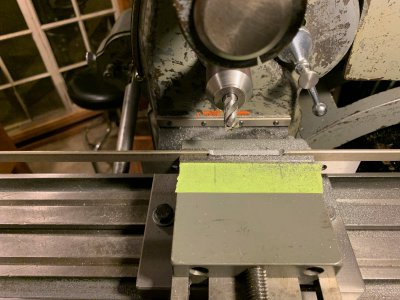
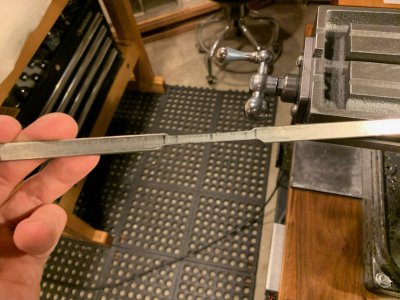
Then to the hot shop for bringing up to bright orange and wrapping the legs halfway around a stub sticking out of my vise. A little tweaking on the anvil to get things into alignment and it looks pretty passable.
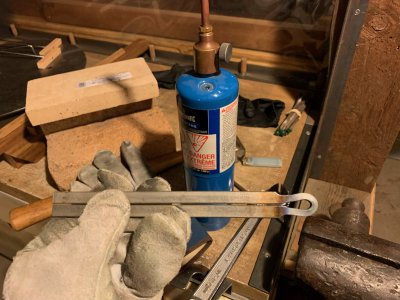
Okay so the idea here is you fold your piece of fabric once over this fork thing, hold the fabric snuggly, and then run a row of stitching down the little gap between the two legs. Then you slit the fabric, open the two halves, and turn back the narrow edges to reveal your laddered stitches. Press open and stitch down the flaps and you’re done. Got it?
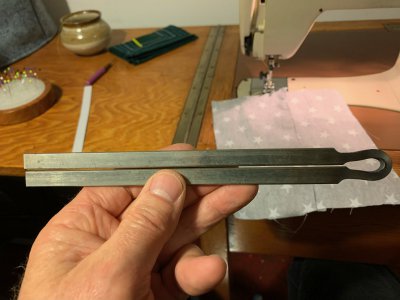
Here’s the finished product (complete with some incredibly crooked topstitching!) The two pieces of fabric are linked only by the stitches running at ninety degrees to the edge, there’s nothing else in between.
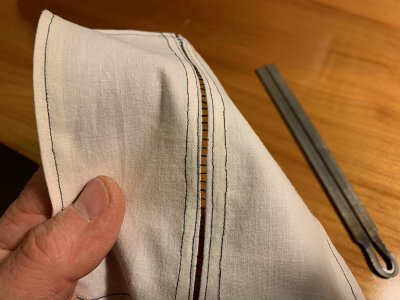
Will I ever use this technique again? Nah, probably not, but it was cool to figure it out. Thanks for looking!

-frank







